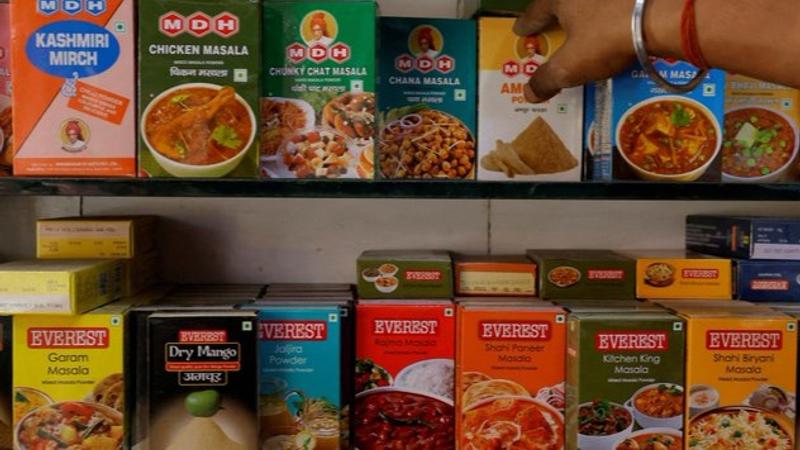Published 00:02 IST, May 22nd 2024
FSSAI Finds No Trace Of Ethylene Oxide In Samples Of MDH, Everest Spices In 28 Lab Reports
Food regulator FSSAI has not found any trace of ethylene oxide in samples of spices of two major brands MDH and Everest that were tested in 28 accredited laboratories, sources said.According to them, reports from six other laboratories are still pending.

Food regulator FSSAI has not found any trace of ethylene oxide in samples of spices of two major brands MDH and Everest that were tested in 28 accredited laboratories, sources said.
According to them, reports from six other laboratories are still pending.
Last month, the Food Safety and Standards Authority of India (FSSAI) started taking samples of spices in powder form of all brands, including MDH and Everest, from across the country in view of quality concerns flagged by Hong Kong and Singapore.
The Hong Kong's Center for Food Safety (CFS) had asked consumers not to buy certain spice mix products of MDH and Everest, citing the presence of ethylene oxide beyond the permissible limit.
These products are MDH's Madras Curry Powder, Everest Fish Curry Masala, MDH Sambhar Masala Mixed Masala Powder, and MDH Curry Powder Mixed Masala Powder.
According to sources, a pan India drive was initiated on April 22 through all the commissioners of food safety of states and Union Territories and regional directors of FSSAI.
It included extensive inspections of the spice manufacturing units and also sampling and testing of products manufactured for sale and distribution for consumption in the domestic market.
Sources said the samples of Everest spices were picked up from their two manufacturing facilities. As many as 25 samples from MDH have been lifted by FSSAI from their 11 manufacturing facilities, they said.
Each of the products sampled was analysed for compliance with various quality and safety parameters including pesticide residues. These samples were also analysed for Ethylene Oxide (ETO) at NABL-accredited laboratories notified by FSSAI.
The laboratory reports received so far were examined by the scientific panel at FSSAI and observed that the samples showed no traces of ethylene oxide, sources said.
Similarly, test reports of over 300 samples of spices of other brands were also examined by the scientific panel and those also conclusively indicated no presence of ethylene oxide, they added.
The scientific panel comprises eminent scientists from the Spice Board, CSMCRI (Gujarat), Indian Spice Research Institute (Kerala), NIFTEM (Haryana), BARC (Mumbai), CMPAP (Lucknow), DRDO (Assam), ICAR, National Research Centre on Grapes, (Pune).
The Spice Board has also issued guidelines to the spice exporters for using ETO as a fumigant for sterilising spices to deal with microbial contamination as per the standards of importing countries, sources said.
Updated 00:02 IST, May 22nd 2024




